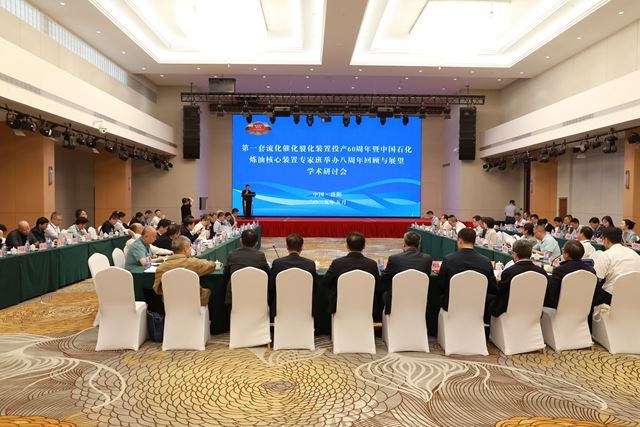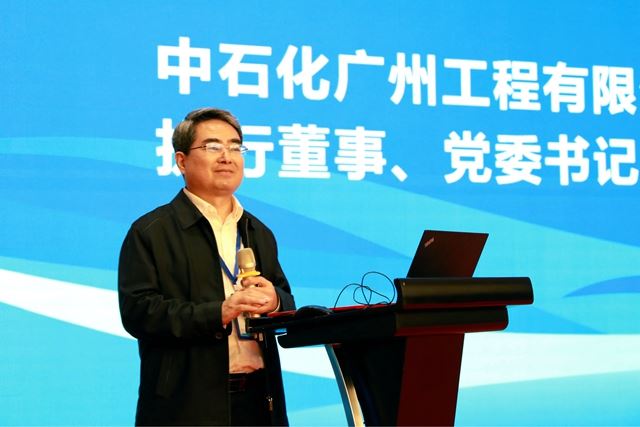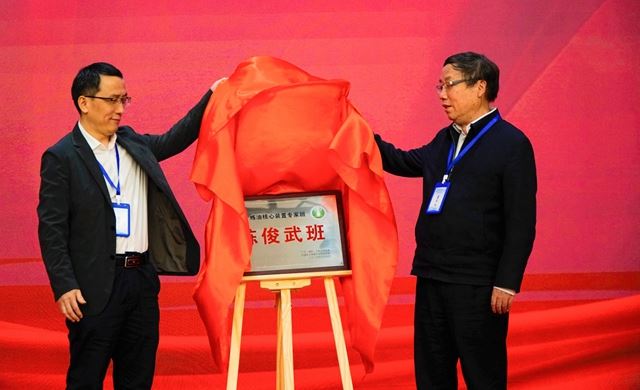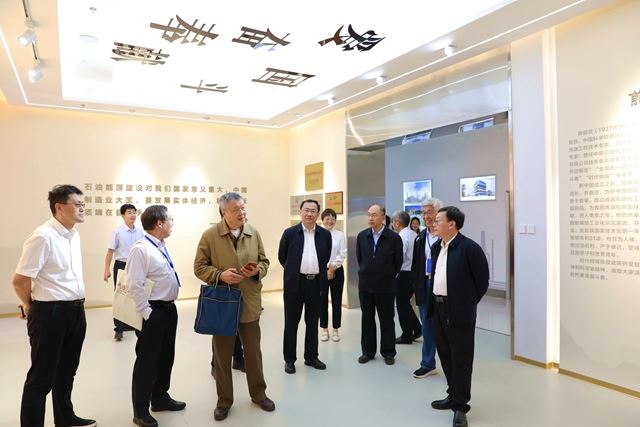This May marks the 60th anniversary of the commissioning of China's first fluid catalytic cracking (FCC) unit. On May 9, experts and scholars from Sinopec, CNPC, CNOOC, and other institutions gathered in Luoyang to commemorate six decades of progress in catalytic cracking technology and celebrate the eighth anniversary of the Refining Core Unit Expert Training Program. Attendees also paid tribute to pioneering scientists such as Hou Xianglin, Min Enze, and Chen Junwu. Han Weiguo, Executive Director and Party Secretary of the company, delivered a speech emphasizing that only by combining tradition with innovation can the industry continue to thrive. He stressed the importance of remembering this history to inspire future generations to follow the example of earlier scientists, align with national needs, accelerate technological breakthroughs, and contribute more “golden blossoms” to securing China's energy security. With determination and a clear long-term vision, he said, we can write a new chapter in the high-quality development of China’s energy and chemical sectors.The event was organized by the Petroleum Refining Division of the Chinese Petroleum Society and co-hosted by the Research Institute of Petroleum Processing, Sinopec Management Institute, Sinopec Catalyst Co., Sinopec Press, and our company. Over 80 participants attended the symposium, including Ling Yiqun—former Group Party Leadership member, Vice General Manager, and current Vice Chairman of the China Petroleum and Chemical Industry Federation and a first cohort alumnus of the High-Level Catalysis Program; Zhou Jianhua, Vice President of the Refining Division of Sinopec Corp.; Li Bohua, General Manager of the Refining Division of CNPC’s Refining & Chemical and New Materials Company; Xu Jiahai, Vice President of CNOOC Refining and Petrochemicals; and company leaders Han Weiguo, Yang Xudong, Yang Hongbin, and Zhang Fan, along with domain experts and department heads.
During the event, attendees also visited the Chen Junwu Memorial Room, dedicated to the "Model of the Times".




